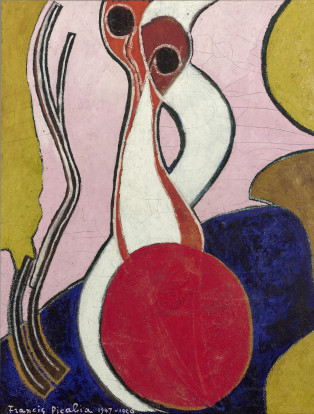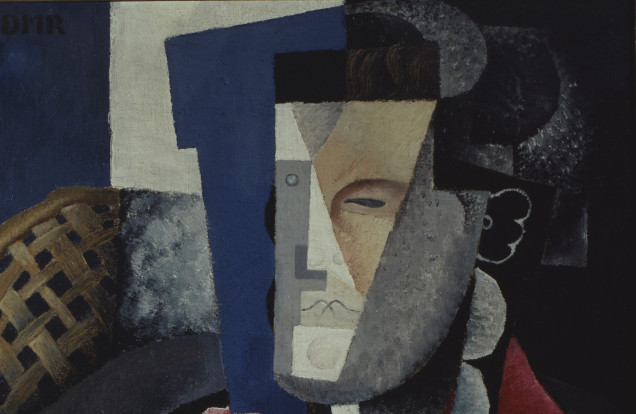Wilfredo Lam
At the Tate Modern in London through January 8

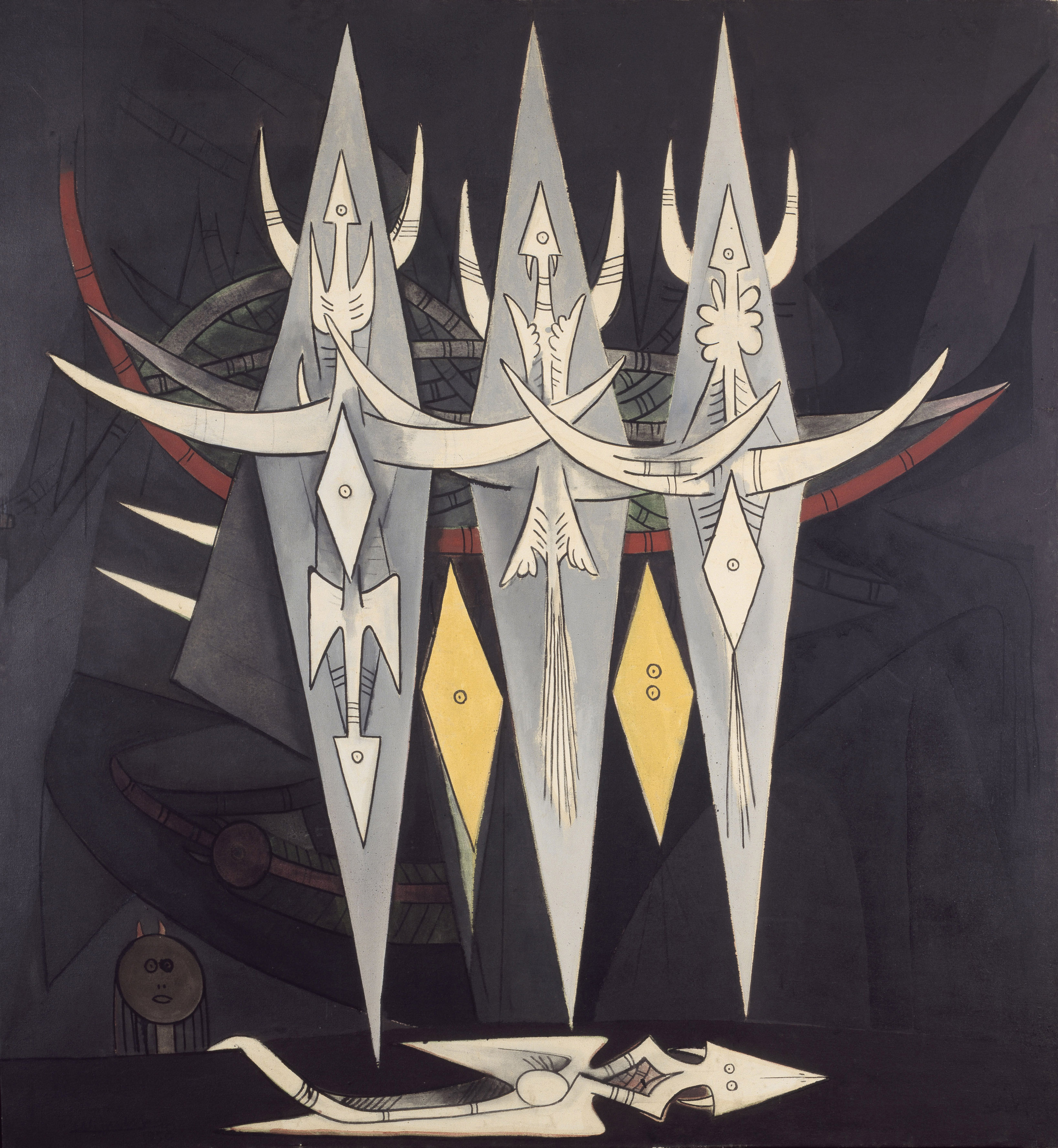
Surrealist painter Wilfredo Lam was born in Cuba in 1902. His mother was of Spanish and African heritage, and his father was Cantonese Chinese. After traveling for 18 years in Europe, making connections with such artists and writers such as Pablo Picasso, André Breton, Asger Jorn, Lucio Fontana and Aimé Césaire, Lam returned to Cuba and rediscovered the local African traditions that transformed his work. His distinctive style shook the assumptions of western Modernism. He died in 1982, having survived the Spanish Civil War and the Cuban Revolution. Now the Tate Modern in London (in collaboration with the Centre Pompidou in Paris) has assembled a retrospective of his life’s work, on view through January 8. PROVOKR presents here a sample of the splendid paintings in the exhibit.
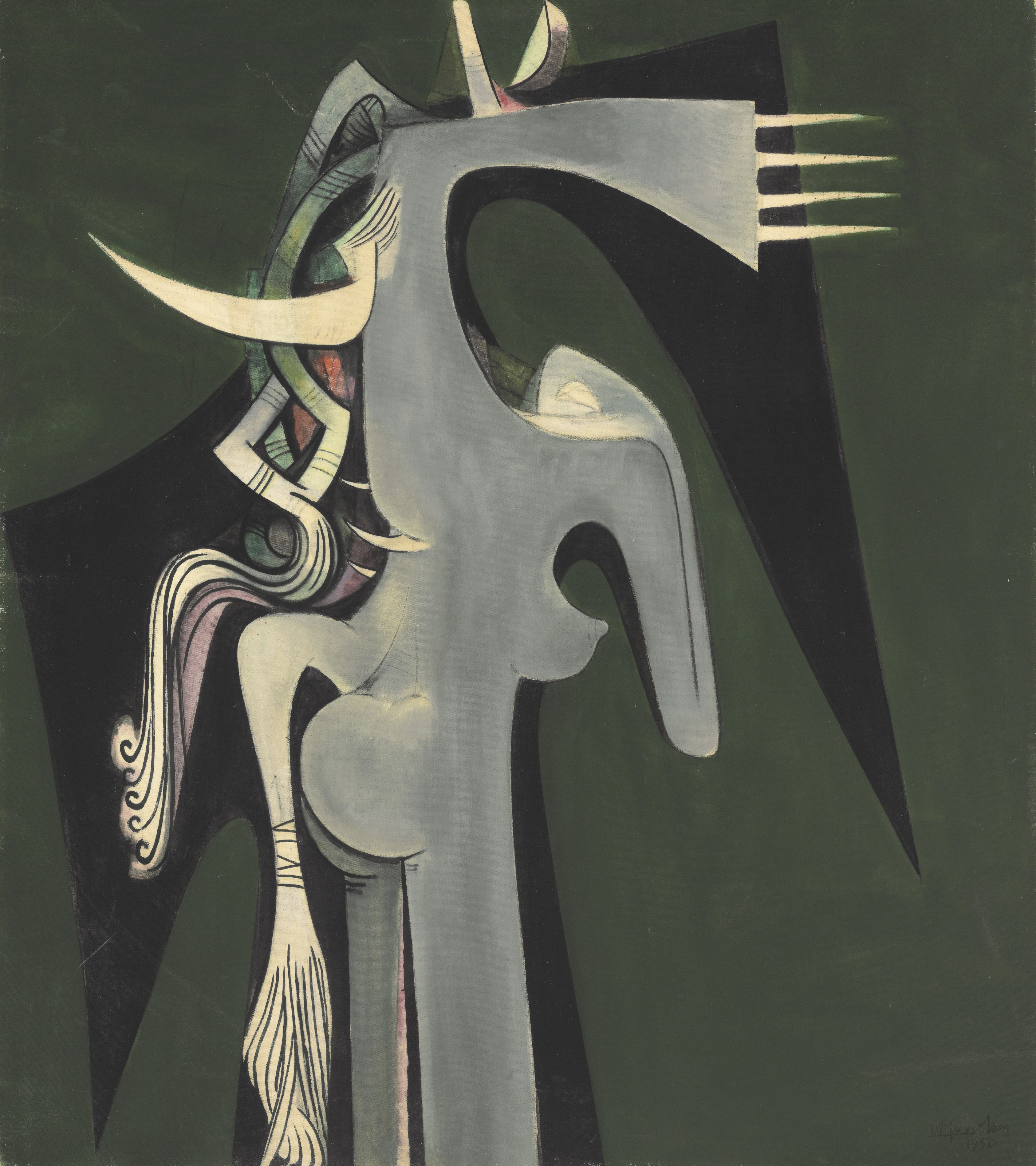
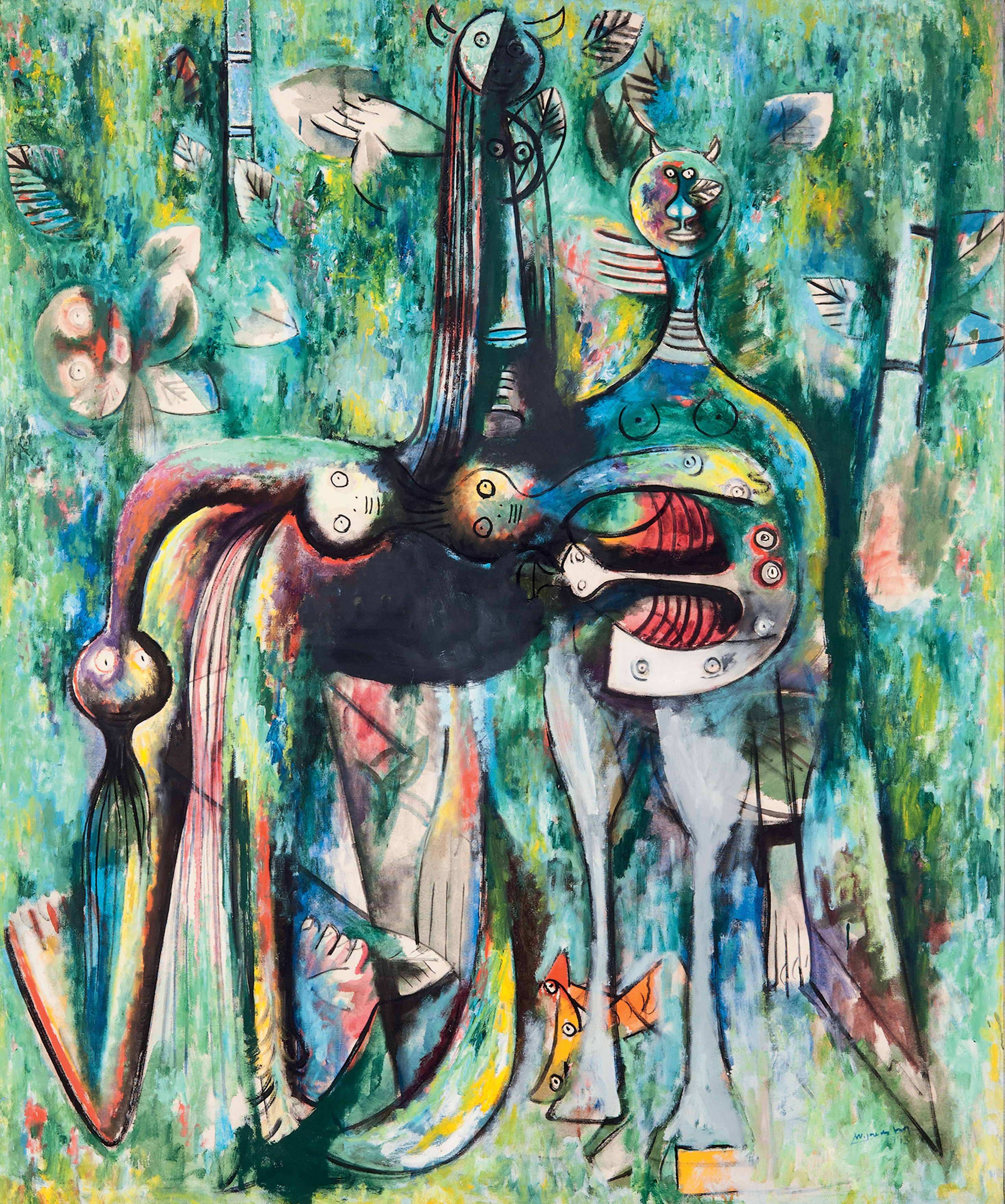
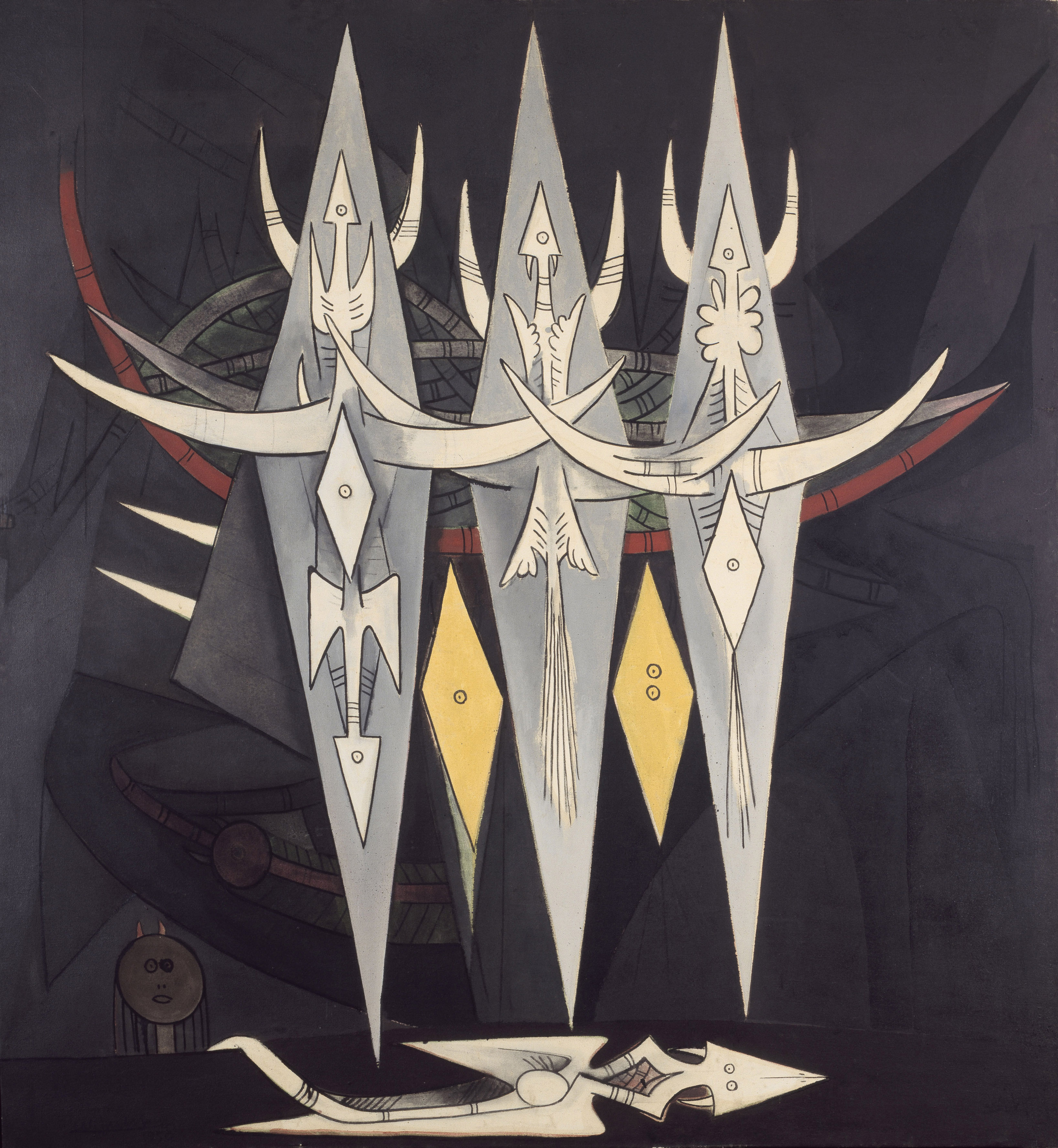
A short film about Wilfredo Lam narrated by his son, Eskil Lam:

